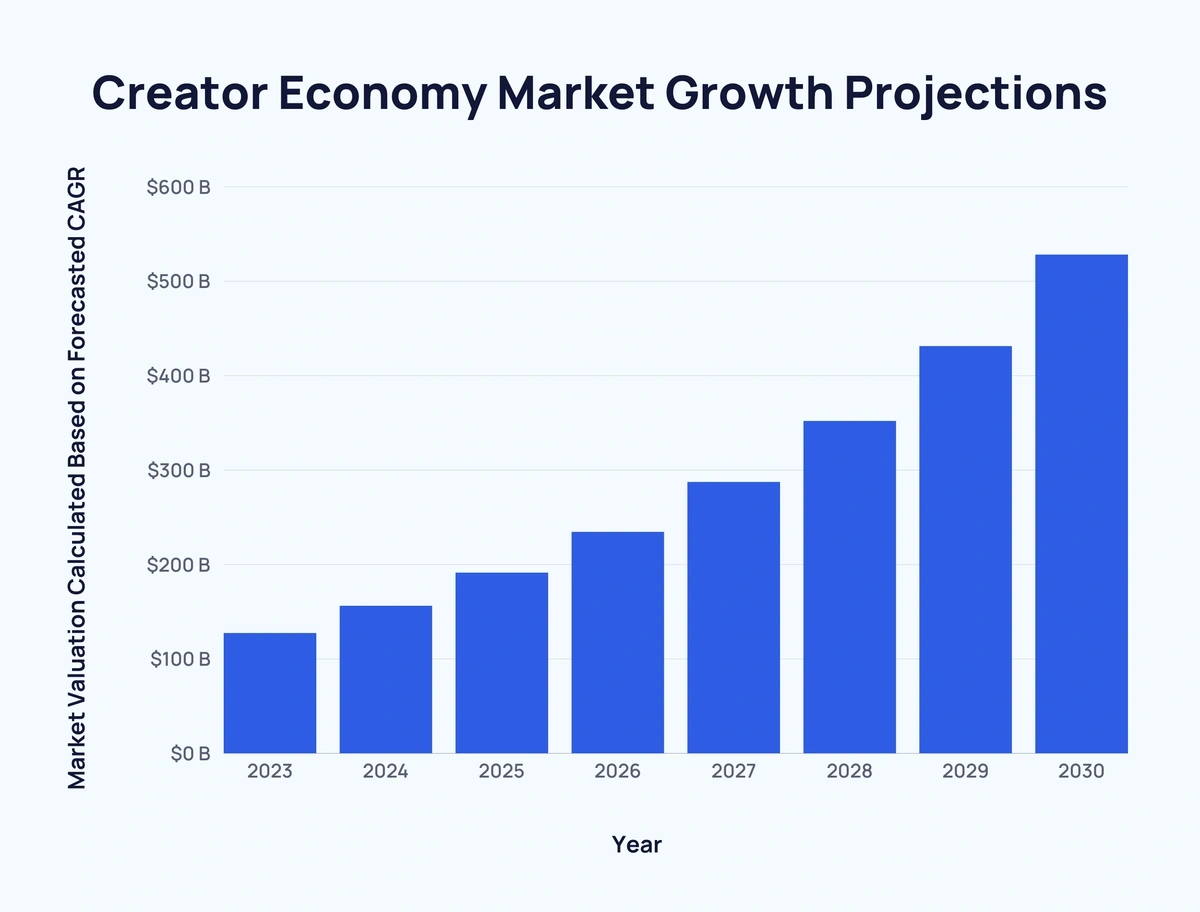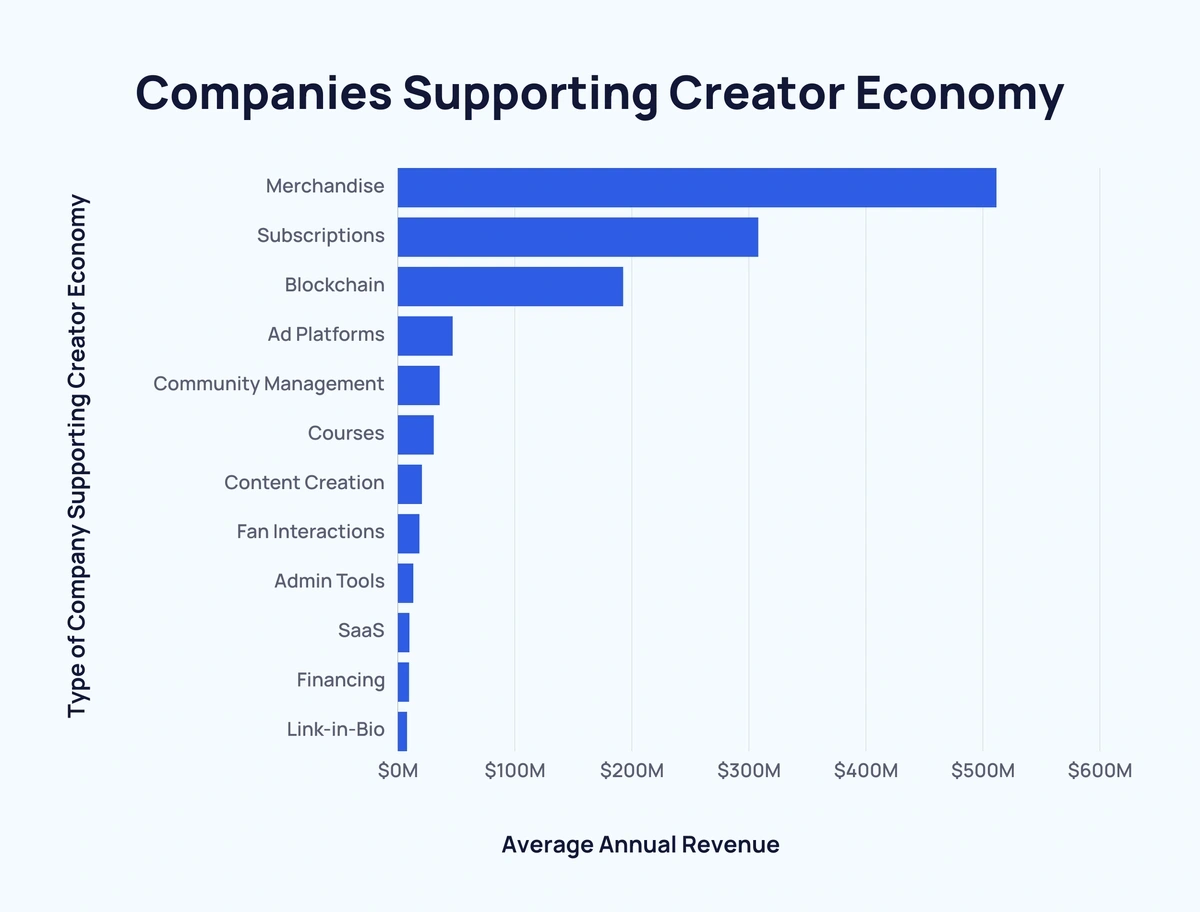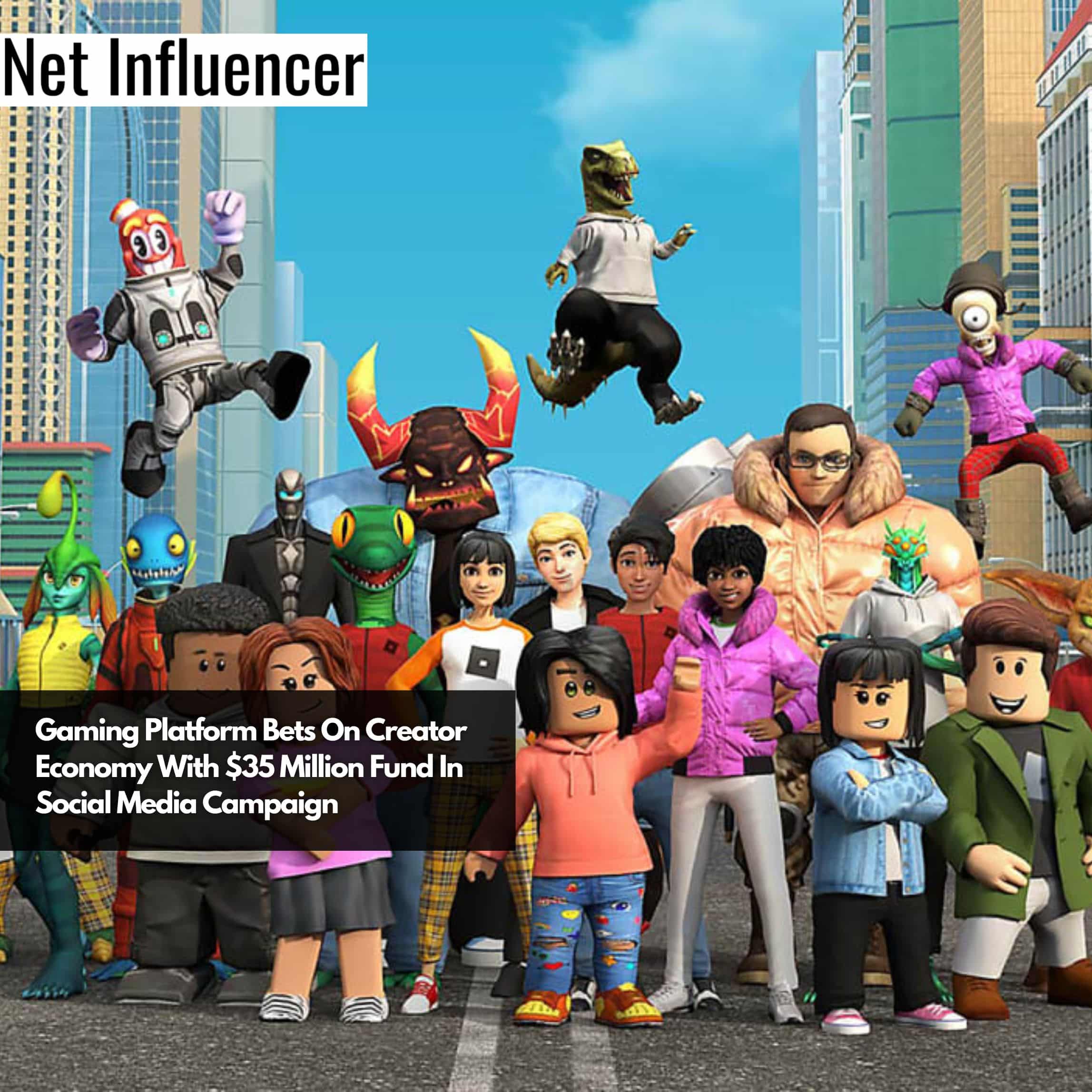As we navigate the ever-changing landscape of the gig economy, a new player has emerged that promises to revolutionize the way freelancers work and get paid: creator economy platforms.

Creator Economy Market Size (2025-2030)
Imagine a world where artists can monetize their passion projects, writers can turn their blog posts into bestselling books, and musicians can turn their covers into chart-topping hits. Sounds like science fiction, right? But with the rise of creator economy platforms, this dream is finally within reach.
A Brief History: The Rise of Freelance Platforms
Before the advent of creator economy platforms, freelance work was largely limited to traditional platforms like Upwork and Fiverr. While these sites offered a convenient way for clients to find freelancers, they also took a significant cut of the freelancer’s earnings.
The problem with these old-school platforms is that they often prioritized quantity over quality. With so many talented freelancers vying for attention, it was easy to get lost in the noise. And let’s be real, who wants to spend hours crafting a perfect pitch when you could be spending that time on your actual work?
The Creator Economy: A New Era of Freelance Work
Enter creator economy platforms like Patreon, Ko-fi, and Substack. These sites are specifically designed for creators – artists, writers, musicians, and more – to connect with their fans and monetize their work.
Patreon, in particular, has become a behemoth in the creator economy. Founded in 2012, it’s now home to over 3 million creators across 100+ countries. Think of Patreon as a super-powered version of Kickstarter – but instead of just funding your project, you get to monetize it.
How Creator Economy Platforms Work
Say you’re an indie author who writes fantasy novels. With Patreon, you can set up a membership program that allows fans to support your work in exchange for exclusive content, early access to new releases, or even personalized letters. It’s like having your own personal fan club – minus the awkward small talk.
But here’s the thing: creator economy platforms aren’t just about getting paid; they’re also about building a community around your work. Think of it as a digital salon, where fans can come to discuss their favorite books, art, or music with you directly.
Creator Economy Market Size, Share | CAGR of 21.8%
Benefits for Freelancers
So what’s in it for freelancers? For starters, creator economy platforms offer a level of flexibility and control that traditional platforms just can’t match. With Patreon, for example, you get to decide how much you want to charge for your work – and when.
Plus, these sites often take a smaller percentage of the earnings than traditional platforms, leaving more money in your pocket. And let’s not forget about the exposure: creator economy platforms can help you reach a dedicated audience who are already interested in your work.
Real-World Examples
Tokyo-based artist Yayoi Kusama has been using Patreon to fund her art projects since 2014. With over $30 million raised, she’s able to create some of the most iconic installations of our time – like the famous “Pumpkin” sculpture.
Similarly, musician Amanda Palmer has built a massive following on Patreon, where fans can support her work in exchange for exclusive music, behind-the-scenes content, and even personalized advice. It’s been a game-changer for her career.
The Future of Freelance Work
So what does the future hold for creator economy platforms? As more and more creators join the ranks, we can expect to see some amazing innovations emerge. Think blockchain-based monetization models, AI-powered content curation – the possibilities are endless!
But for now, it’s all about giving creators the tools they need to succeed in a rapidly changing world. With creator economy platforms leading the charge, it’s an exciting time to be a freelancer.
Actionable Takeaways
If you’re a freelancer looking to get started with creator economy platforms, here are some actionable takeaways:
- Choose the right platform for your needs – Patreon might not be the best fit for every type of creator.
- Diversify your income streams – don’t put all your eggs in one basket.
- Build a community around your work – it’s key to success in the creator economy.
In conclusion, creator economy platforms are revolutionizing the way freelancers work and get paid. With their flexible payment structures, exposure to dedicated audiences, and focus on community-building, these sites offer a game-changing alternative to traditional freelance platforms.

Creator Economy Market Size (2025-2030)
 Creator Economy Tools: Bridging Web 2 <> Web 3 — FINTECHNA
Creator Economy Tools: Bridging Web 2 <> Web 3 — FINTECHNA

Gaming Platform Bets On Creator Economy With $35 Million Fund In …
